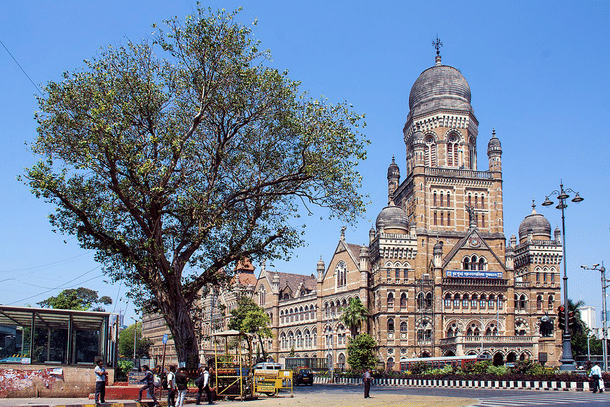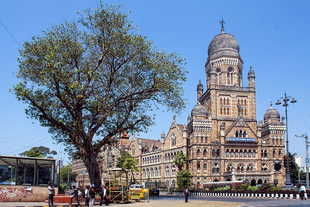News Brief
Mumbai Municipality Okays Cutting Of Almost 39,000 Trees In 11 Years, Reveals RTI Response
Bhaswati Guha Majumder
Nov 23, 2021, 05:34 PM | Updated 05:33 PM IST
Save & read from anywhere!
Bookmark stories for easy access on any device or the Swarajya app.


The Brihanmumbai Municipal Corporation (BMC) gave permission to cut down 38,899 trees and transplant 36,000 across the city in Maharashtra during the last 11 years. These details were highlighted in the data from the BMC garden department that was later obtained by Andheri MLA Ameet Satam.
According to the numbers, a total of 38,899 trees were cut down in Mumbai between February 2010 and July 2021, with more than half of these being for private individuals or organisations. In the city, 36,117 trees were transplanted.
Between 2010 and 2011, private parties were granted authorisation to take down 21,253 trees and transplant 17,964 trees, according to the data.
Furthermore, clearance was granted to chop 8,803 trees and transplant 8,078 trees for metros, railways and government projects.
Satam claimed that while the Shiv Sena stymied the Mumbai Metro Line 3 project car shed by strenuously opposing the chopping of over 2,000 trees at Aarey Colony, the same party-run tree authority approved the cutting of 38,899 trees.
“I had sought details via Right To Information (RTI) Act in January this year, seeking permissions granted since 1997 for tree-cutting and transplanting. However, the authorities kept delaying giving me the information,” he said, reported Times of India.
Additionally, he said: “I have written a letter to the state environment minister as I fail to understand how around 21,000 tree cutting permissions can be given to private parties in Mumbai while the Metro car shed depot—which is meant for a project that is meant to ease travel in the city has been stalled in the name of around 2,000 trees.”
According to activist Zoru Bhathena, the data demonstrates that not enough trees have been planted to replace those that have been taken down. He said: “There are two trees to be planted for every tree cut. However, data clearly shows that not enough are planted as compensation for it.”
“Besides, transplanted trees also have a very low survival rate and no one monitors if these survive well or not after they are transplanted,” Bhathena added.
He also went on to say that the tree authority comprises representatives from all political parties, demonstrating that no one has voiced enough resistance to the tree-cutting.
A recently shared study, conducted by the World Resource Institute (WRI) India, has revealed that almost 22,490 tonnes of carbon is sequestered by trees outside of the forest area in Mumbai each year.
It also highlighted the fact that areas like Dongari, Bhuleshwar, and Kurla are warmer than other parts of the city because they have less than 10 per cent green cover and higher concretisation, while lower temperatures were recorded in areas like Mulund and Borivali, which have up to 70 per cent green cover.
Carbon sequestration is the process of storing carbon in plants, oceans, and soils in order to reduce the amount of carbon in the atmosphere. Experts say that while severe concretisation is a problem, urban greening and biodiversity protection will help with flood mitigation, access to open areas and heat resilience.
Pradeep Tripathi, the founder of NGO Green Yatra, who was also part of the webinar, where the study findings were presented in September this year, said: “Authorities should focus more on planting native species trees that are suited for soil nature. Tree plantation does not mean planting any tree without understanding the requirements of the area.”




